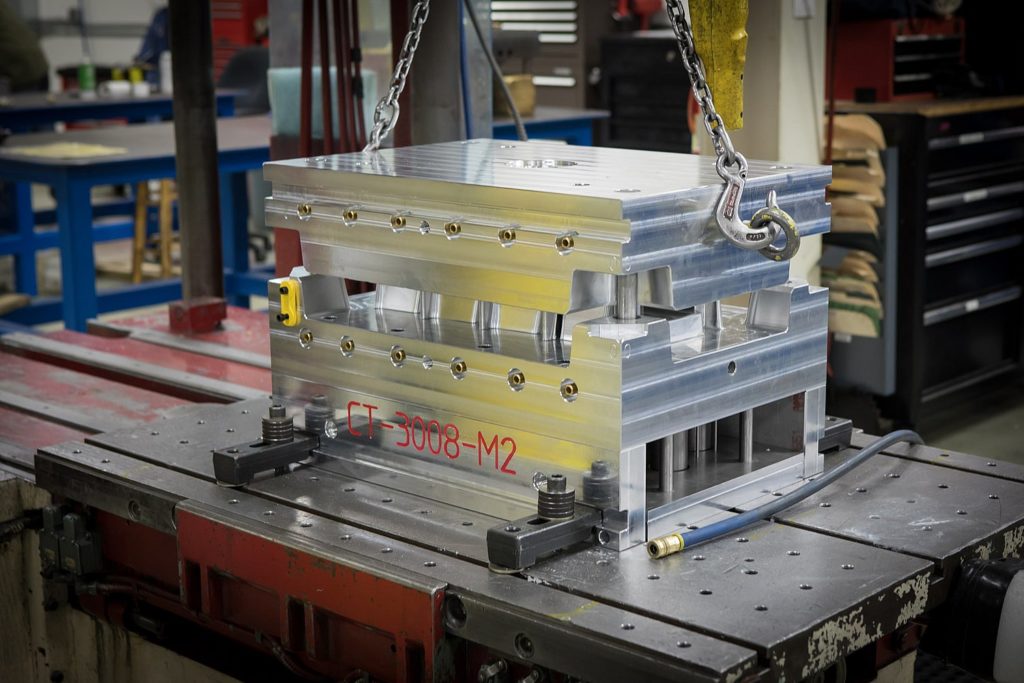If you are looking for traditional prototype mold and parts then do not worry as there are sites that provide with the same. These molds are long-lasting and the costs are high. The sites help their customers in analysing their annual molded parts need and then provide a good DFM recommendation that assists one to design their products with various cost-effective parts.
DFM
Design for manufacturability or DFM helps in recommending everything beautifully. The users provide the manufacturers with 3D CAD files and give a basic idea of what they tend to achieve which the companies then use to build a dream design. A report of what each part would look like is provided to the customers that contain all the information regarding colour, finish, size and even weight. Many sites provide these DFM reports at no cost.
Materials used
- Different materials are used for different quantity of parts required. The number of tools required is directly proportional to the hardness of the material used.
- Low volume: For the low volume of 1000 to 10000 parts, aluminium or steel can be used which lasts for 1 to 3 weeks for simpler and less complex tools.
- Medium volume: P20 Steel and 738H steel is used to make prototype mold when 10000 to 100000 need to be made. The tool lead time is approximately 2 to four weeks.
- High volume: With a tool lead time of 4 to 6 weeks for general tooling, NAK80 or S136 steel is used if the tool life is supposed to be between 100000 to 1000000 parts.
How to cut down on costs?
Look for a site that offers-
- Less cycle time: The company should provide excellently engineered cooling systems that reduce cycle time.
- Part cost: Part cost can be reduced by using multi-cavity tools which help meeting targets for larger volumes and capacities.
- Labour cost: Minimum labour cost should be applied by utilising hot tip, sub gates, automatically cutting gates and hook gates.
- Efficiency: Efficiency should be provided by handling the parts with mechanical arms and conveyor belts.
What can be molded?
Anything plastic can be molded, there are no limits. Many inexpensive items like PP, HDPE, STYRENE used to engineer resins somewhat like POM, Nylon, PC, TPE and many materials of high performance like PEEK, polyimide, polysulfone, PPS and much more can be molded. Moreover, fibreglass can be accommodated well with those as well.
Some features of a good prototype mold providing company
- Good technical support should be extended by the staff that helps to shorten the lead time and saves cost in each and every new developing product. The project design extended should be supported by team.
- Innovative ideas should be put forward and the company should have experience in manufacturing. This will help to turn ideas into reality and trouble-shooting will become easier.
- Computer-aided design and computer-aided manufacturing technology should be used by highly skilled technician to make high quality products.
- The site should be responsive and frequently the visitor’s query should be answered.

